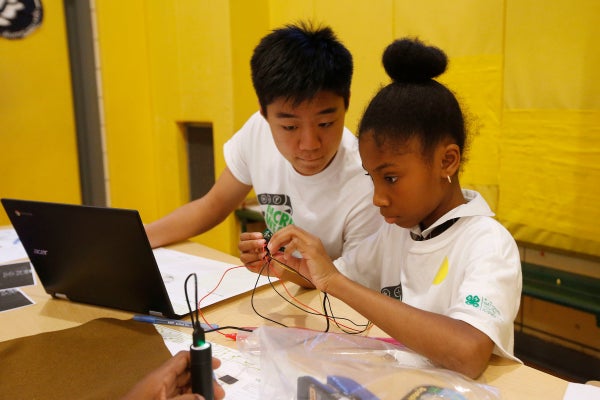This article was published in Scientific American’s former blog network and reflects the views of the author, not necessarily those of Scientific American
Students around the country this week are waving their arms, running in place, and testing their circuits to design fitness trackers as part of 4-H’s 2017 National Youth Science Day (NYSD). Now in its 10th year, NYSD is a chance for kids around the country to collectively participate in a grand exercise in STEM problem solving. But this year’s focus on wearable technology, and even last year’s chance to work with drones, may not sound like something you would expect from 4-H. At the risk of sounding naive, where are the cows?
While much of 4-H’s rich history comes from its roots in agriculture – roots that will always be vital to the organization – 4-H has always been about youth empowerment. President and CEO of the National 4-H Council Jennifer Sirangelo believes that empowerment is created by providing the skills and confidence to face the challenges in one’s own life. That is why the skill-building programs at 4-H have always been practical and hands-on, enabling young people to design and carry out projects relevant to their lives and their communities.
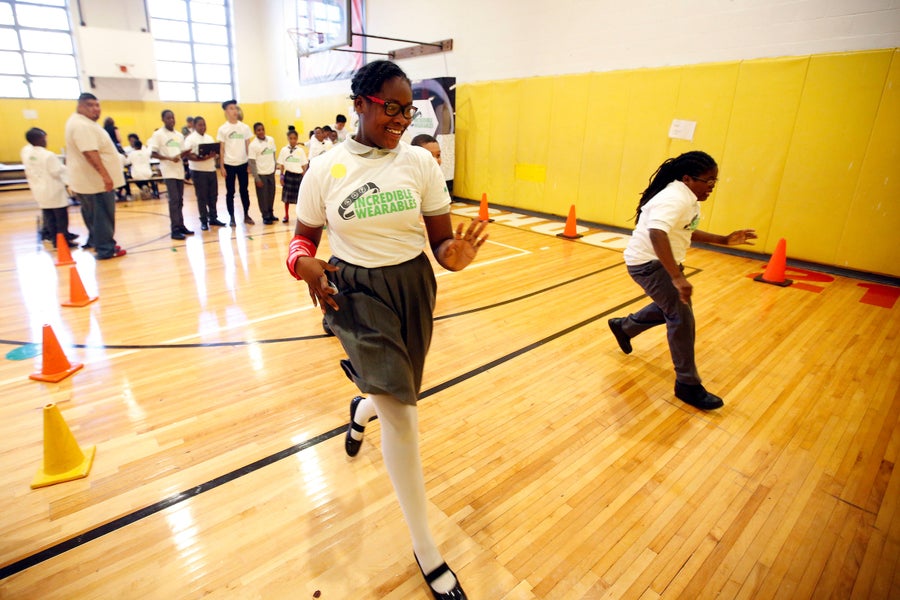
4-H National Youth Science Day at PS-21 Crispus Attucks School, Wednesday, October 4, 2017 in New York. Credit: National 4-H Council
On supporting science journalism
If you're enjoying this article, consider supporting our award-winning journalism by subscribing. By purchasing a subscription you are helping to ensure the future of impactful stories about the discoveries and ideas shaping our world today.
Since more formally introducing science initiatives in 2006, STEM has become one of the fastest-growing areas of the 4-H ecosystem. And that collective ecosystem is vast – with nearly six million participants and a presence in every county in the US. And just like the population of the country itself, the geographic focus of the 4-H population has shifted over the last century. The largest recent growth in 4-H participation has come from urban and suburban settings. But regardless of whether 4-H is in the city or on the farm, Sirangelo emphasized that three core pieces will never change: 1) long-term relationships with a caring adult, 2) skill-building activities, and 3) chances for young people to take on meaningful leadership roles.
Bringing those three points to the STEM realm provided a personal motivation for Sirangelo. Her own family was supportive of science interests; her own mother loves math. But when she hit the all-too-common “why am I doing this” struggle in her math education, there wasn’t anything or anyone that guided her across the void of those feelings to the opportunities on the other side. In her high-school mind, if Calculus 2 was such a challenge, what practical reason was there to stick with it rather than focusing on something else? By providing a chance to find like-minded individuals in their communities, both peers and mentors, Sirangelo believes that 4-H can help kids everywhere to find bridges over their personal academic or emotional roadblocks.
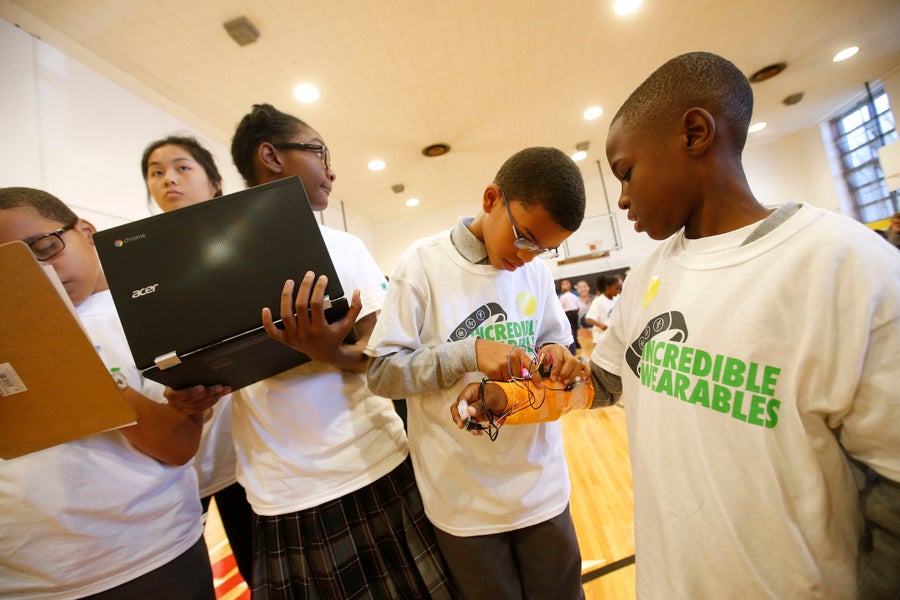
4-H National Youth Science Day at PS-21 Crispus Attucks School, Wednesday, October 4, 2017 in New York. Credit: National 4-H Council
National Youth Science Day is a special moment for a locally focused organization to be part of a national identity. In pastures and on pavement around the country, kids can face the same challenge together. This year’s experiment challenged kids to engineer and build a wearable fitness-tracking device. The 2017 flagship event was co-hosted by Cornell University Cooperative Extension and National 4-H Council at P.S. 21 in Brooklyn, NY. The Brooklyn event even featured three-time NFL Pro-Bowler Tony Richardson and a video address from NASA astronaut and 4-H alum Peggy Whitson. And with today’s technology, kids could see what their peers around the country were coming up with by following the #4HNYSD hashtag.
Even though NYSD and its hashtag may be young, the 4-H national identity already runs deep. In a recent conversation with a 4-H alum now at Google, Sirangelo said that the alum called 4-H “the ultimate hack.” Their time with the program had pushed them to take initiative and responsibility in their lives, skills that have served them wherever they have gone.
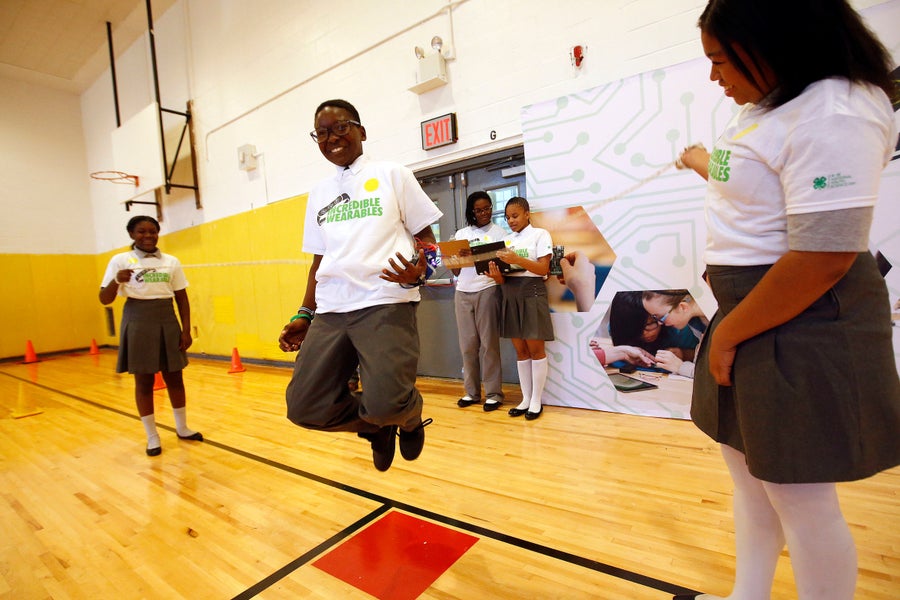
4-H National Youth Science Day at PS-21 Crispus Attucks School, Wednesday, October 4, 2017 in New York. Credit: National 4-H Council
In choosing the topics for NYSD experiments, Sirangelo said that they wanted to follow the organization’s history of encouraging kids to engage with the very latest advances. In many cases in the past, 4-H has found the kids in its programs to be much more receptive to new ideas than their parents. What results is a chance for kids to explain new ideas and new technology to the adults in their lives. In the past it may have been hybrid seeds; tomorrow it might be the pros and cons of drone use. Sirangelo emphasized the importance of framing kids as creators of new technology rather than simply consumers of what already exists. “This year’s challenge, Incredible Wearables, gives youth an opportunity to be engineers for a day through a fun and hands-on project that teaches kids how technology can be created through engineering, not just bought in a store,” Sirangelo said. “With support from our partners, we are able to bring the lasting impact of NYSD to tens of thousands of kids across the country, helping them become the next generation of STEM leaders and innovators.” Whatever the content, it is clear that 4-H wants to make it clear that any kid, anywhere, has something to gain.
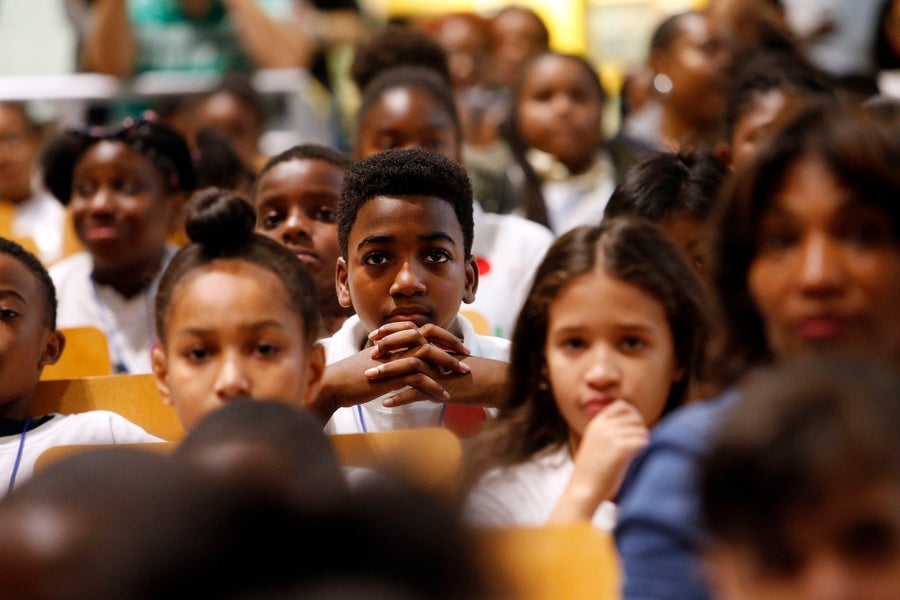
4-H National Youth Science Day at PS-21 Crispus Attucks School, Wednesday, October 4, 2017 in New York. Credit: National 4-H Council
This year’s experiment wa expected to draw in more than 100,000 participants. Sirangelo said that her dream would be to see the program grow over the next 5 years to the point that 1-in-5 kids get to take part in a NYSD experience. 4-H will always remain loyal to its agricultural roots, and growth in the coming years will provide a chance for a youth increasingly separated from food production to form a connection with important agricultural foundations. But by continuing to focus on relevant local ideas within a broader national context, there may be a change in the way kids think about 4-H. With this new generation kids the conversation may no longer be, “I didn’t think I could join, because I didn’t have an animal,” and may become, “I want to learn more, because I want to help create the technology of tomorrow.”
